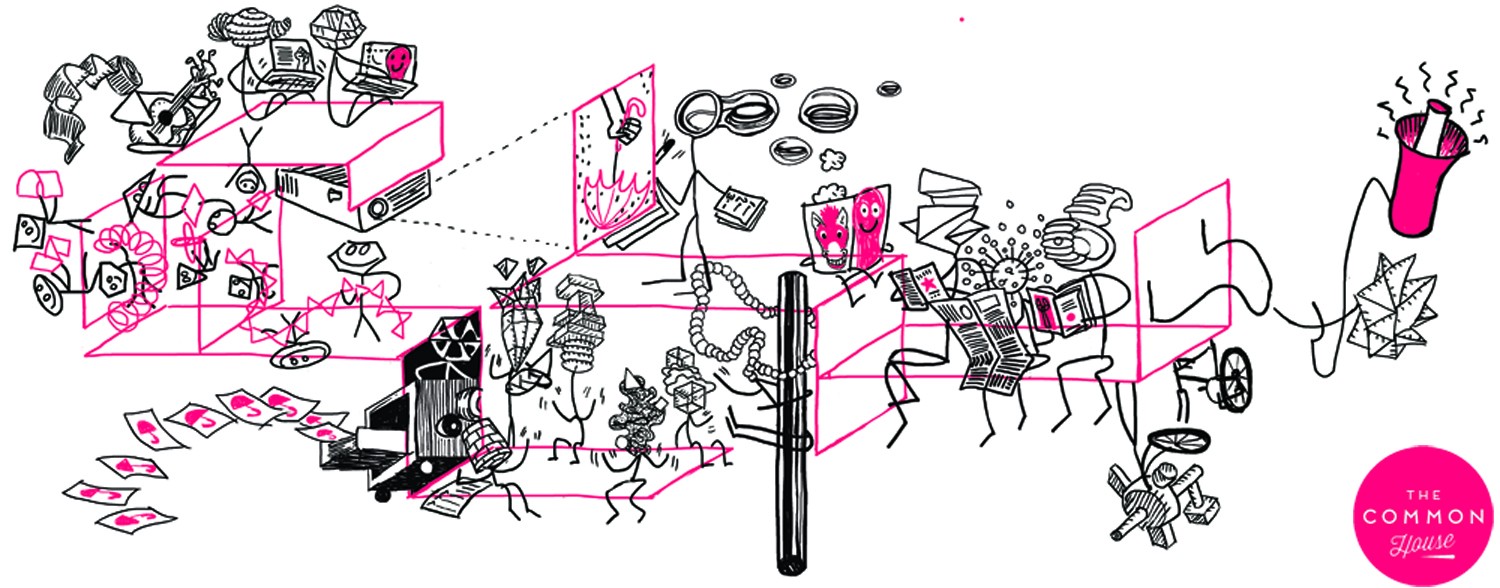
How is gender domination reproduced? This seemingly simple question has exercised the minds of feminists, Marxists, queers, and postcolonials over the past hundred years and more, and remains a question of crucial political importance for feminist organizing the world over. In these short posts, I aim to tackle this weighty problem through another:
In what ways is hacking a feminist practice?
But, then, which hacking?
The long-standing critique of gender domination that has emerged from materialist feminist practice, policy, and scholarship has taken special aim at the structures of exclusion and logistics of disempowerment that constitute the infrastructures of contemporary digital or algorithm-based technologies. In the era of ubiquitous mobile computing the everyday-ness of technology has become part of the habits of societies structured in different kinds of domination and exploitation: computer code increasingly undergirds and ramifies hierarchies that long pre-existed digital technologies. Sexual harassment, racial bullying, and the exploitation of labour have all been re-vitalised-while-morphing, as it were, in digital capitalist ecologies that fold in Facebook, Big Data, and marketing-focused crowd sourcing together with different neurological and algorithmic processes. Central to these processes and formations are questions of women’s access to resources (who gets to [learn] code?), habits of registration (what switches on when gendered subjects login?) and gender normativity (how do we perform new technological fetishes in a time of the re-normalization of rape?).
What are the material infrastructures and social practices that reproduce specifically gender domination in algorithmic capital? The recent work on gender, sexuality, and embodied habit is important here; this growing body of scholarship has asked, through what techno-perceptual assemblages or ecologies do habituations form and contribute to capital accumulation, dispossession of the commons, and neoliberal depoliticisation? Reverse engineering these habituated processes gives us a clue as to the potential of collective movements to militate, refuse, revolt, and even overthrow different forms of domination that articulate gender and technology with race, sexuality, and class. In all these questions, domestic (familial, household, kinship, affective) labor continues to be an active site of struggle for feminist organising, and contemporary digital technologies can potentialise these struggles in unexpected ways. Indeed, the networked activism of feminists organizing for social and economic justice will be a parallel focus of these posts.
The reproduction of gender domination happens in ways that are subtle, complex, and indirect but also violent, ideological, and direct. In postcolonial contexts such as India or South Africa, where different capitalist infrastructures of social reproduction have developed in negotiation with histories of nationalist anti-colonial masculinism, Euro-racism, and indigenous refusals/revolts, the question of who can hack what is already a question of power hierarchies, unequal access to money and monopoly rents (licensing), the corporatization of everyday life, and property ownership and labour conditions. These are the kinds of relations, ecologies, processes, and struggles that will form the ongoing concerns of these posts.
(Image Credit: Autonomous Tech Fetish)



